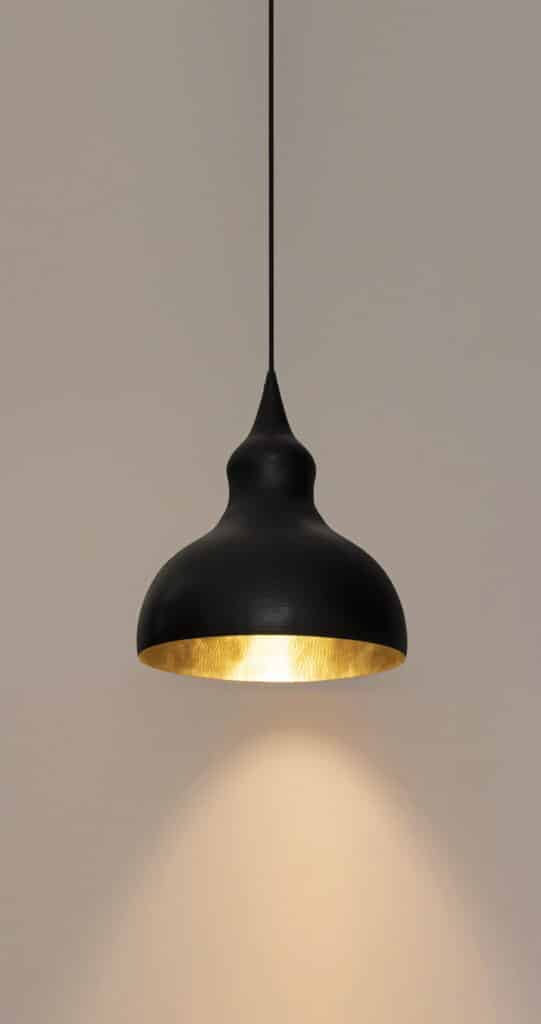India is a country known for its rich cultural heritage and ethnic crafts. Handicrafts, which used to be traditional practice for rural people, have become a global phenomenon. India has seen a surge in the number of artists owing to the increasing demand for ethnic designs and crafts. As a result of changing preferences and times, the importance of design is emerging more than ever.
Design is an integral part of the craft
Design is a process of trial and error. It is not about crafting the perfect article, but rather creating something functional. It is a method of solving problems, and it is imperative to realize that every design has an underlying goal.
Craft has been around for thousands of years, practised as a means of expression. It has evolved from the craftsmanship skills and techniques used by ancient craftsmen to create objects like pottery, metalworking, glassmaking, and carpentry.
Craftsmanship combines the manipulation of natural materials with various artistic skills that result in unique works of art or functional products. Handcrafted products use tools and equipment that are also handmade and made as per required according to the product.
The combination of design and craft offers an opportunity to explore new ideas and techniques while maintaining its originality. Moreover, it helps foster creativity by enabling the designer to experiment with materials, scales, and colours to create something beautiful, a new product or service that people will desire or require.
Design is not merely about aesthetics
Design in craft products is not only about beauty. It is about functionality, sustainability, and creating something unique and special. Many people think it is about making something look pretty, but that is not the only important thing.
Creating a genuine piece of craftsmanship takes substantial artistry and time, but the individual care and attention given to each piece make it exceptional. The product must be exquisite and aesthetically beautiful so that it’s pleasing to one’s eye.
The process of designing can help us see things in new ways and enable us to create products that are more useful and meaningful for our lives. Designers bring their knowledge, skills, and sensibilities to improve the product at its best.
Design helps craft evolve
Craftsmanship is more than just creating one-of-a-kind products and goods; it is also about preserving ancestral heritage. Craft makers should understand that there are changes in individual preferences time-to-time. New generations come and go, and trends emerge every day. As times change, the design of a product must also adapt to current preferences and lifestyles.
The constant shrinking in attention span and the surge in new technology has posed a big challenge for makers. They must remain contemporary by refining and moving forward to preserve traditional crafts. The best product is unconventional and pleasing, while also being practical.
Designers are not only constantly looking for ways to improve current production methods, but also to find alternatives using new technology. Forethought allows them to be sustainable in terms of production costs and product demand at different price points, as they can judge whether a product is worth producing based on the availability of materials or its profitability.
Studio Trataka – vivifying the antiquated methodology
At Jaipur-based lifestyle design house, Studio Trataka, Manya Pandit and Shiv Sharma are devoted to innovating, revivifying, revealing, and promoting the centuries-old craft industry together with pioneering ideas. They have expertise in furniture design, home decor, lighting design, exhibition design, installation art, and interior design.
Previously, craftsmen used to model customary articles, oblivious to the need to advance their design to meet modern aesthetics. Working with local craftsmen, they provide training, technology, design, and other support to improve and broaden their skills. It helps them to make a wide range of products, from utilitarian to luxurious artefacts. One of the local communities they are working with is the Thatheras.
Thatheras, a group of craftsmen traditionally work with metals like brass, copper, bronze, aluminium, etc. They were one of the artisan groups who were invited by Maharaja Jai Singh to his new capital, Jaipur, in 1727 from the old capital of Amber. Today, the street they work in Jaipur is known as ‘Thatheron Ka Raasta’. The technique these artisans use is called “Thathera or Metal Beaten Work”. The gorgeous dotted pattern is achieved by skilfully hammering a series of tiny dents on each piece of work.
In the olden days, Thathera artisans manufactured daily-use products, religious objects, and many more. Manufacturing every single piece requires a lot of skill and precision. But with the emergence of industrial mass-production, they got superseded by low-priced and cheap numerous product options.
Studio Trataka incorporated Thathera into modern artistry. Tumba Pendant Light is one of their magnificent pendant lighting fixtures from their lighting category. This pendant lighting is made of brass and uses the thathera technique (metal beating technique). The brass is adored for its golden appearance and natural beauty. The design of the circular pendant light is inspired by the fruit named pear, also known as Tumba in Shimla, Himachal Pradesh. The outer surface is smooth with a matt black finish, and the inner surface is hand-hammered.

https://studiotrataka.com/product/tumba-pendant-light/
Summary
Design is a tool to communicate ideas. It helps people connect with others by sharing experiences and building communities around shared interests. It is an integral part of traditional craftsmanship. Furthermore, it also plays a role in creating the functionality and success of the final product. Designers and craft makers use their talents to make things that buyers want to use in their daily lives by making them beautiful and functional.
In this world, where mass production is the norm, handwork is something unique and should be carried forward. They are beautiful and one of a kind. If you think about buying handmade crafts later, take the time to appreciate the artistic creation. Purchasing a handmade product is not just buying a product, but rather an investment in a work of art.
